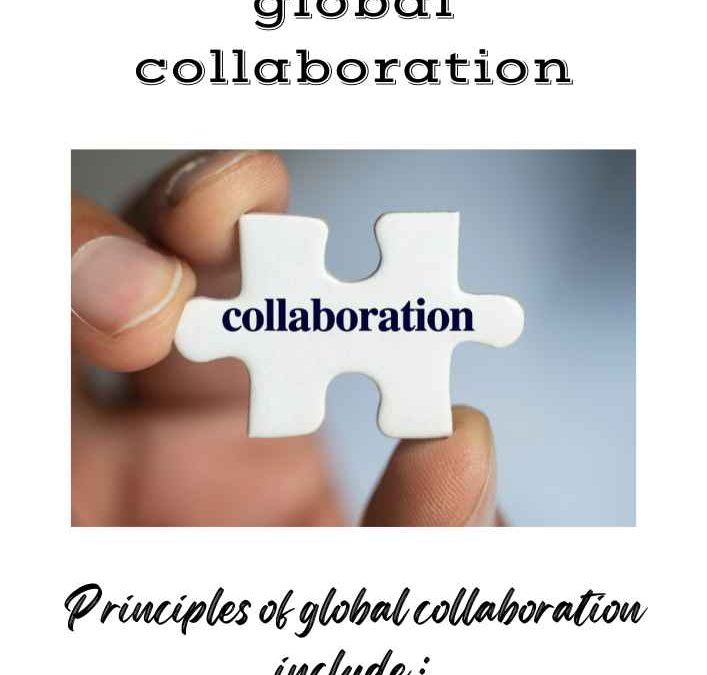Managing diverse workforces can be challenging and help bring a wide range of perspectives, ideas, and experiences to the table, leading to more innovative and effective solutions. It can also help to build a more inclusive and equitable workplace culture. However, it’s important to note that simply having a diverse workforce is not enough – effective communication and active efforts to overcome biases and promote understanding among team members are also necessary to leverage the benefits of diversity in collaboration truly.
Bridging the cultural divide within a diverse workforce can be a challenging task. Several strategies can help to promote understanding and effective communication among team members:
- Encourage open and honest communication: Encourage team members to share their perspectives and experiences and actively listen to and respect the opinions of others.
- Provide cultural sensitivity training: This can help team members understand and appreciate the cultural differences among their colleagues and learn how to communicate and work with people from different backgrounds effectively.
- Encourage collaboration and teamwork: Team-building activities and projects requiring collaboration can help build trust and understanding among team members and promote a sense of unity among a diverse group of people.
- Celebrate cultural differences: Recognize and celebrate the cultural differences among team members, and use them to promote diversity and inclusivity in the workplace.
- Lead by example: Managers and leaders should model inclusive behavior and actively work to create a culture of understanding and respect.
It’s important to note that this is a continuous process, and it takes time and effort to build a truly inclusive and equitable workplace culture. It’s also important to have diverse leadership representation within the organization.
Cultural differences must be resolved while collaborating with companies and individuals worldwide. Most of us from Asia generally find it difficult to say no to things that we are not comfortable with; we are especially reluctant to make a negative statement to people who we categorize as elders, religious people, or people in what is perceived in Asia as coming from ‘noble” professions like medicine, religious people and others like people in high office, well-connected people, etc. We also try too hard to get a deal going and are willing to negotiate, which is perceived as vacillation or resorting to trickery in other parts of the world.
I have found other differences in approach to doing business in different sectors in the same country. The entertainment industry generally is less structured and organized than other sectors like manufacturing, IT, finance, and the like. I recommend that the best way to handle these challenges is to adopt a structured approach while dealing with a diversified workforce.
Documenting discussions, making out legal agreements, defining roles and responsibilities, and insisting on a structured process for doing business are some ways these differences can be bridged. Collaboration is critical to success, and perhaps some of these aspects may help us in our journey to collaborate and grow together.
Successful global collaboration requires working out a joint business strategy, clearly defined integrated business processes, systems that promote trust, encourage non-discriminatory behavior, cultural sensitivity, and clearly defined goals and plans. In times of recessions and downturns, these principles acquire greater significance.
Communication is another aspect that I found to facilitate collaboration. It helps builds trust and prevents small challenges from becoming big. Well-defined and crafted communication models are greatly strengthened when different groups operate under clearly defined rules, systems and processes.
